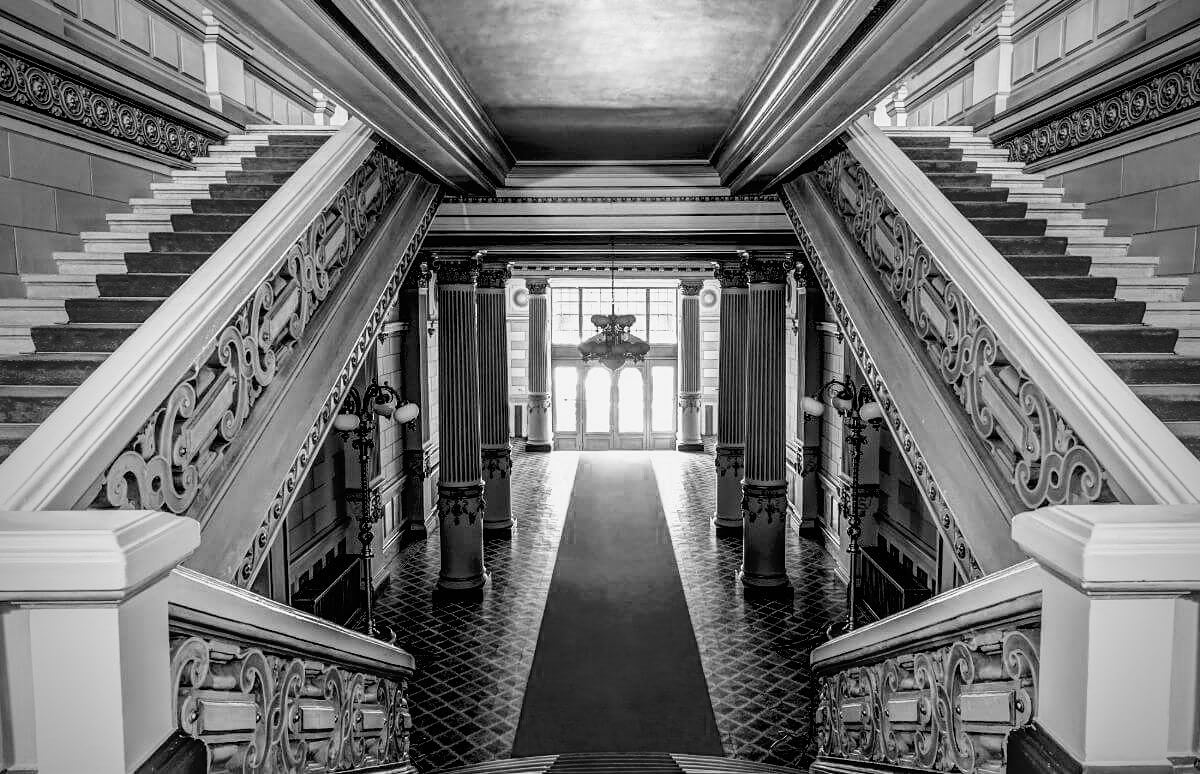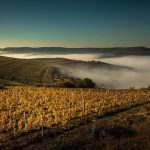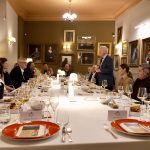There are places that attract a certain kind of person. There are places that inspire creativity, there are places that delight the senses, there are places that make you want to build something. If at artsy clubs or reading clubs, at vegan restaurants or at pubs with traditional music, the public is filtered by the "a la carte" offer, the places that attract ambitious people are much harder to define. Bragadiru Palace is one of them.
The place where the wrecking ball stopped
From the Cosbuc roundabout, pass the post office and go up the hill a few steps, at the end of Calea Rahovei. On the right side you have the Institute of Linguistics, the Academy, the Institute for Agrarian Economy and the Institute of Economic Forecasting, a complex of buildings built in such a way as to complete the landscape in harmony with the horror that we call the Palace of the Parliament, built as The People’s House. Dystopian and oppressive, despite all the great minds that walk the corridors of the institutes and the Academy. But on the left side, a palace was reborn, a witness of the "good times" and of the fact that well-made things do not fall under the times.
The demolition craze stopped here, the urban systematization works that demolished the entire Uranus neighborhood and part of Calea Rahovei were hindered by an assembly so well made that it could be hijacked and used in favor of the authorities of that time. Today, over 100 years after its inauguration, the Bragadiru Palace is once again an important place in Bucharest. Both Rondul Cosbuc, as well as the road to the palace and the surrounding lands belonged to Dumitru Marinescu Bragadiru, probably the least known Romanian industrialist and one of those who invested enormously in the education of modern Romania.
The Apprentice turned into The Mogul
Dumitru Marinescu was born in 1842, son of a poor roof tiler and at a very young age, after only two years in school, he became the shop-boy of Iancu Stefanescu, a confectioner and “racheriu” (small distillery owner) from Balta Alba. Quickly proven to be hardworking, intelligent and reliable, he starts to fill in for Stefanescu when he goes for treatments in hot springs resorts, and later becomes his associate. He perfectly understands the needs of the market and, during the Independence War, he buys medicinal alcohol and brandy from the Greeks and sells it to hospitals and soldiers. Using those profits, he opened in 1879 the first refined alcohol factory, in the (then) village of Bragadiru, where he also bought his first estate, large enough to add the toponymic particle to his name. The shop-boy is now Dumitru Marinescu Bragadiru, who becomes in a short time, at only 35 years old, the second richest Romanian, after "The Nabob" Cantacuzino.
In 1883, he began to buy land in the area adjacent to today’s Palace, from the Metropolia to the Poor Man’s Bridge (aka Kalitza Bridge) and up to the eastern bank of Dambovita. Shortly after the phylloxera attack, which severely affected the wine production in Romania, the demand for beer increased exponentially, and Dumitru Marinescu started to build the most modern brewery in Romania, launched in 1895 with a production that it almost doubled the volume produced by the competing factories, Luther and Oppler, adding 3.2 million liters to the 4.2 million total of the two Germans.
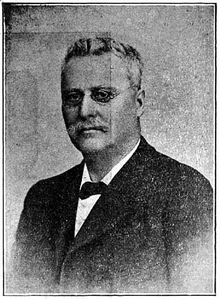
Investments in people
In these years, Marinescu builds a town hall, a school, a church and other buildings needed by the community in Bragadiru. In Bucharest, on the land around the factory, he builds houses for his employees. He also builds the first rural telephone network in the country, at its own expense. Out of the lands he bought in 1883, he donated two hectares for the construction of Regina Maria Boulevard, today named George Cosbuc. He begins a charity work that is difficult to evaluate, sending numerous young people to study abroad, in the hope that he will help create a new generation of modern farmers and businessmen. He is among the first to offer his employees decent working and living conditions – paid vacations, insurance and free Sundays. The story says that Dumitru Marinescu used to walk to church on Sundays, because even his coachman had the day off.
Because German-owned breweries had a tradition of offering their employees a recreation space – Luther had the Eliseul summer garden, and Oppler built the Colloseul, a ballroom with a restaurant – Dumitru Marinescu starts the construction of the "Colossus", an eclectic monument of 10,000 square meters designed by Austrian architect Anton Shukerl, in tune with the architecture of the time and the area, combining elements found in the CEC Palace, the Chamber of Commerce or the Romanian Post Office. When it is completed, the palace has a ballroom, library, pop shop, shops, offices and numerous rooms. At his death, in 1915, Marinescu owned the third largest industrial wealth in Europe. His son continued the family businesses until it was nationalized.
In 1948, the communist regime demolished the front piece that bore the name of Dumitru Marinescu-Bragadiru and left its own mark, transforming the palace into the I.V. Lenin House of Culture – an act which, no matter how unpleasant it may have been, may be the explanation why the later demolition campaign stopped exactly at that point.
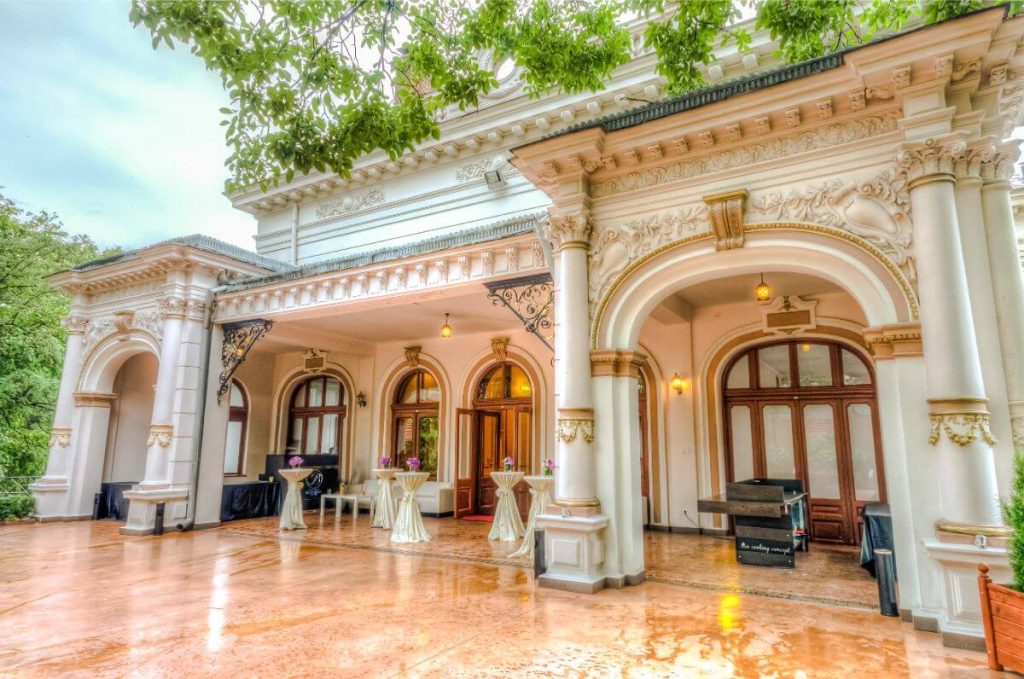
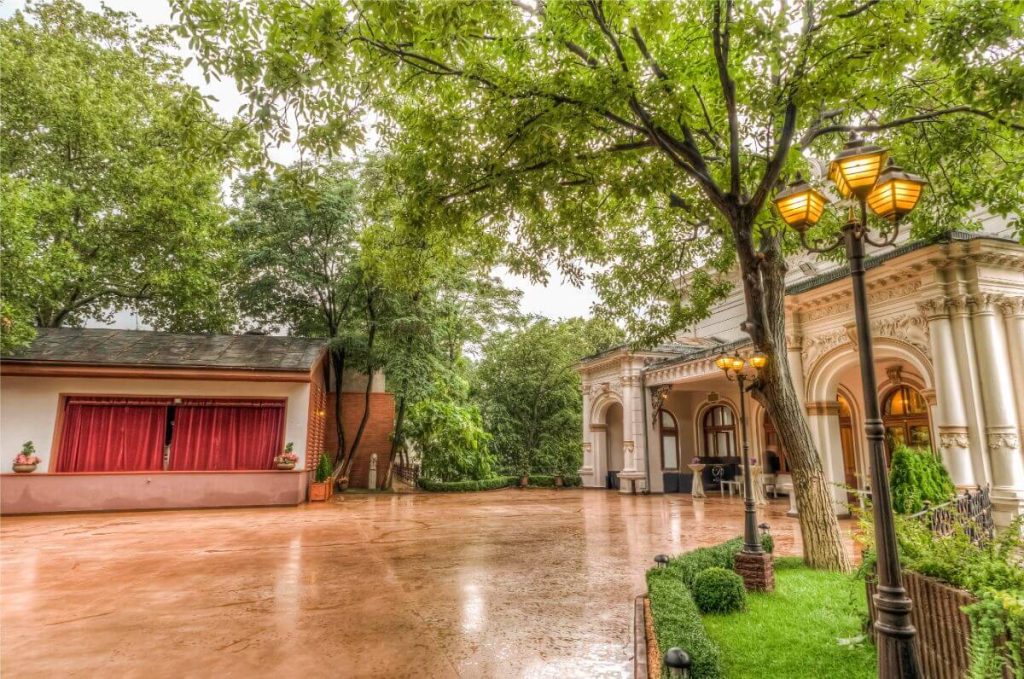
A future Bucharest symbol
After delighting the generations between the two world wars, the Bragadiru Palace is slowly but surely returning to its former glory. Trendy restaurants, a brewery next door, which carries on the history of the place, but above all – for us, wine lovers – an inspired pairing between the Godot theater and The Great Hill wine bar, from which The Great Hill Society was born Club. A place where some of the best wines from Dealu Mare fulfill their cultural ambassadors destiny, amongst concerts, plays or choreography shows, between permanent or temporary exhibitions of young artists. An impeccable recipe, which puts the Bragadiru Palace on the map of the most interesting destinations in Bucharest: on the place where the old aristocrats practiced their waltz steps, now you can taste a glass of Chardonnay Vals (Rom. For waltz), because history always loves a circle, even a symbolic one.
And, if you are curious to discover why we mentioned, in the beginning of this article, the places that attract certain people, compare the story of Dumitru Marinescu-Bragadiru with the story of the current occupant of most of the Palace, Marcel Vulpoi, a prominent man business who also started from scratch and today invests in recovering the past and ensuring the future for young actors and visual artists. You can find it here: https://www.winesofromania.com/en/bragadiru-palace-becomes-a-hub-of-art-and-wine/
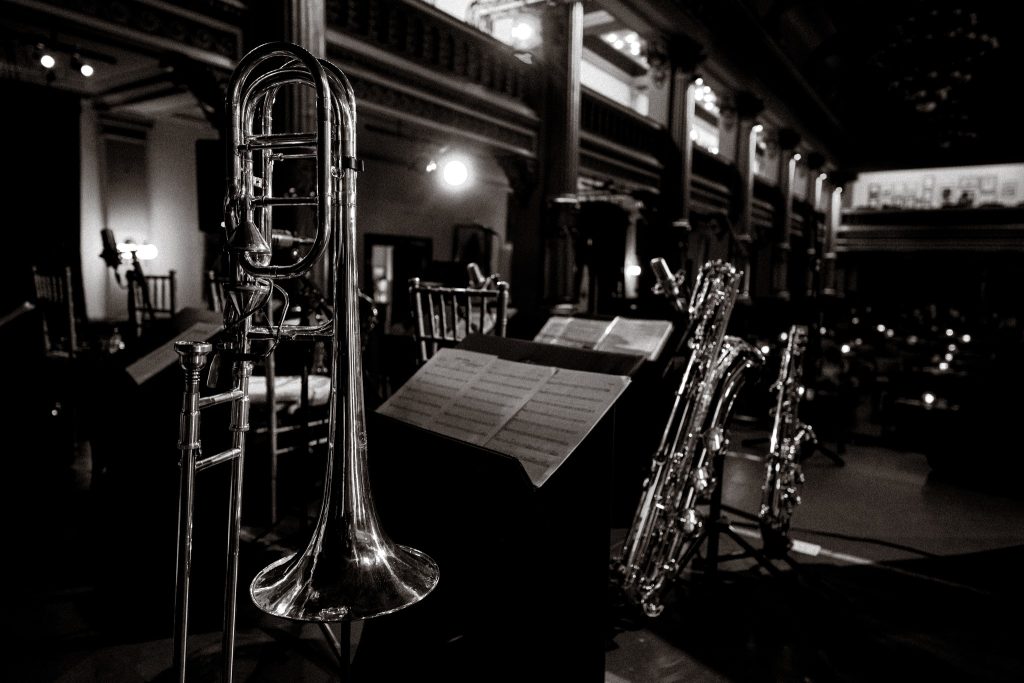
Photo source:
- Wikipedia
- The Great Hill Society Club
- Palatul Bragadiru

